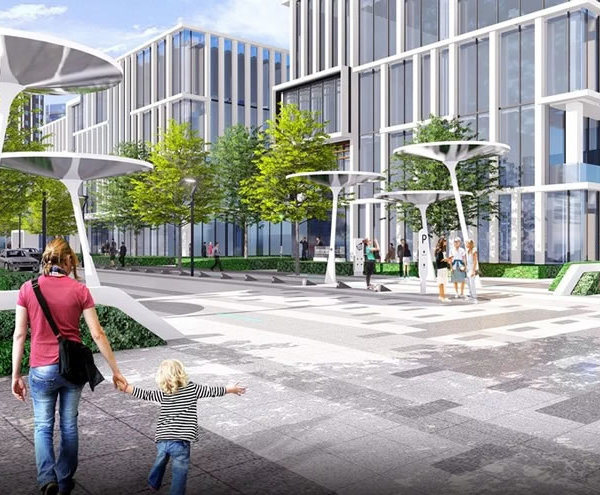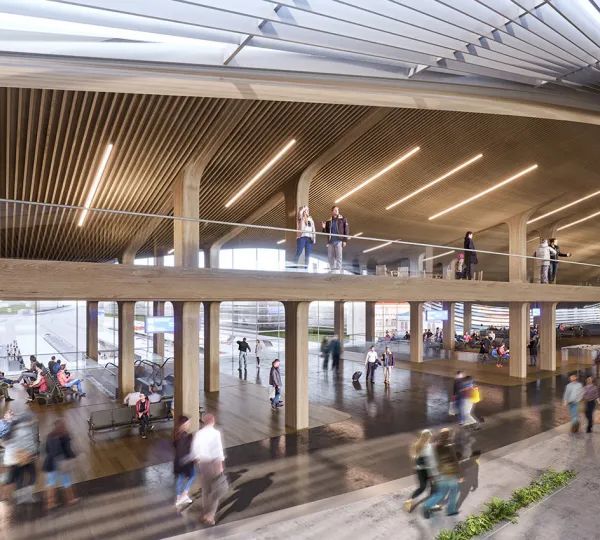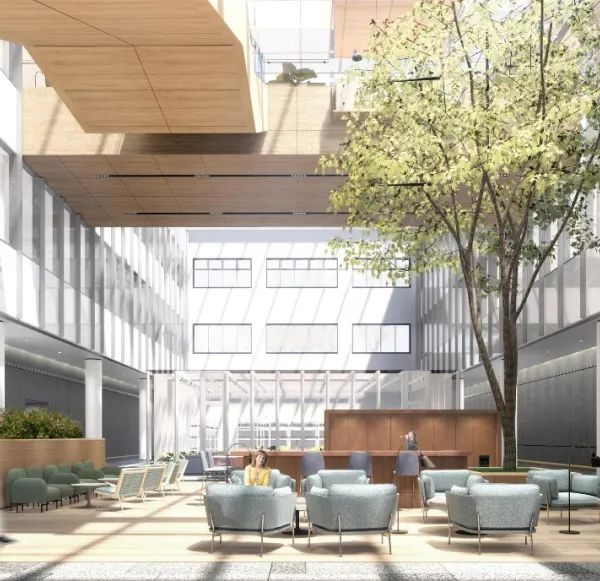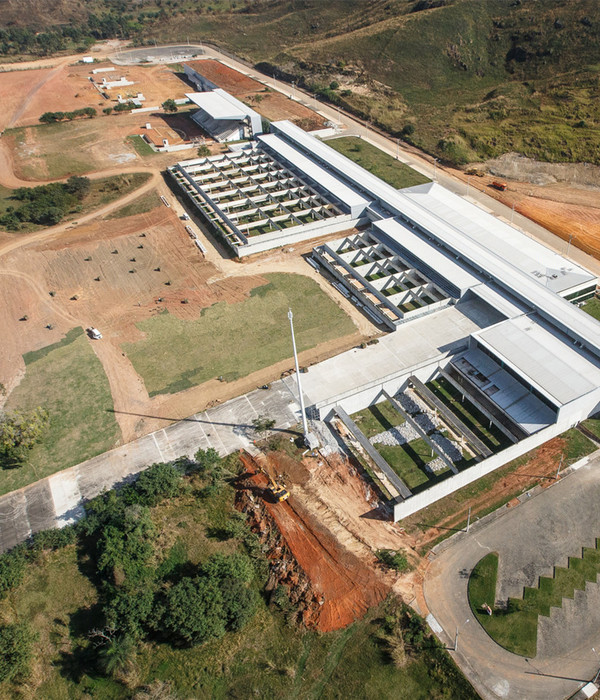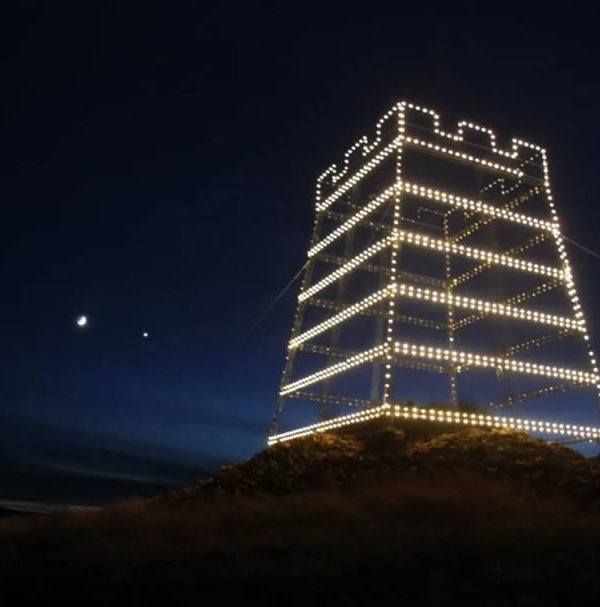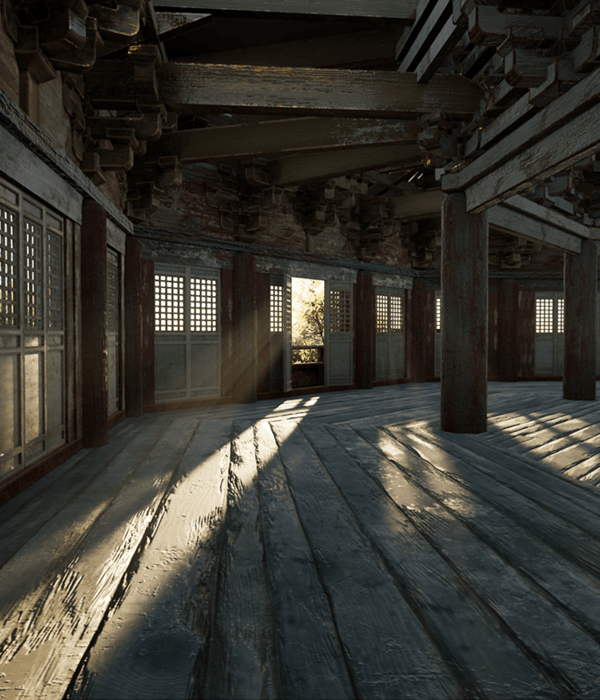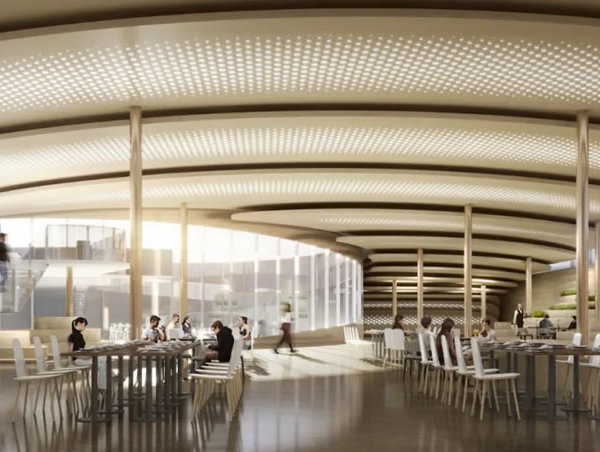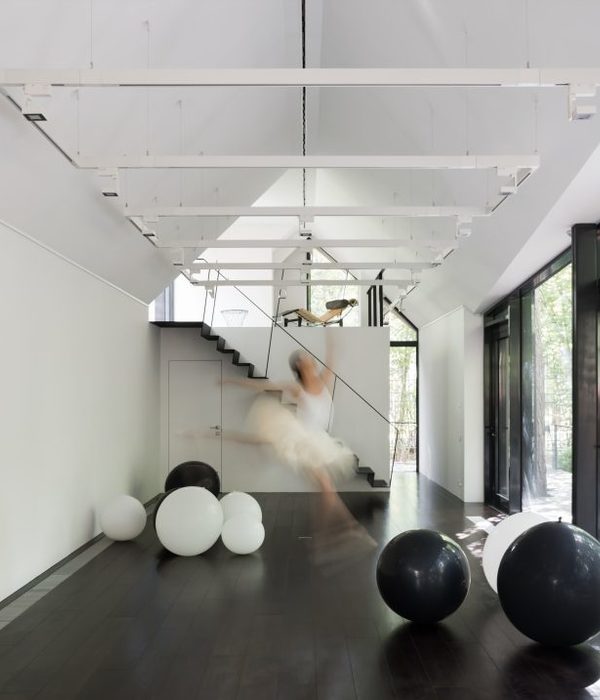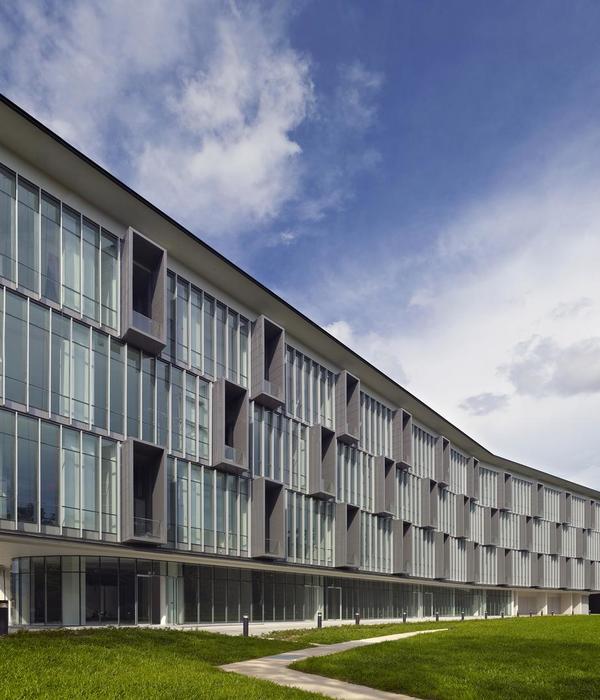Architect:DP Architects
Location:200 Braddell Rd, Singapore 579700
Project Year:2009
Category:Offices Libraries
For more than four decades, DP Architects (DPA) has been dedicated to ensuring its architecture is designed and built to enrich the human experience and spirit. Our projects constantly aim to improve the quality of life of the people using the buildings and spaces by being sensitive to the context and environment. As an integrated, multidisciplinary practice with a complete suite of services including architecture, master planning, landscape design, sustainable design and more, DPA has a track record of working together with our sustainable design team to create environmentally sustainable developments of varying scales and scopes. DPA’s green DNA in our design and execution is best exemplified in a zero energy building located at BCA Academy.
ACHIEVING NET ZERO ENERGY CONSUMPTION
The Zero Energy Building (ZEB) was conceived as an experiment to explore future energy use strategies in tropical climates and develop green education programmes. An existing three-storey building at the BCA Academy was converted into an energy self-sufficient school that achieves net-zero energy consumption through passive design supplemented by active systems.
For energy scarce Singapore devoid of natural resources, the success of ZEB in spearheading environmentally sustainable building design had tremendous implications on the way energy is used in Singapore for specific types of buildings. This goal aims to demonstrate the feasibility of future building design with minimal dependence on limited resources such as fossil fuels, concurrently creating a product resilient to climate change and user comfort.
ZEB opened its doors on October 2009. One year on, the building achieved its target of net-zero energy consumption. The monthly surplus energy – fiscally equivalent to the electricity bill for 52 five-room Housing and Development Board (HDB) flats – is distributed to the rest of the academy.
Passive systems were first implemented to reduce the building’s power consumption. These were then supplemented by intelligent active systems that require minimal dependence on natural resources. The project produces all of its energy needs by means of solar power.
Passive design moderates the building’s solar heat gain and natural ventilation through green walls, a green roof, shading devices, low-emissivity glass, solar film coatings and composite wall panels. Meanwhile, mirror ducts and a system of light shelves, pipes and tubes carry natural daylight deep into the building’s spaces, and an exhaust system channels hot air from each level through the building’s walls and roof to be dispelled by an exhaust chimney.
A Building Management System functions as an active feedback mechanism, monitoring real-time continuous data streams to maintain user comfort and minimise power usage. Photovoltaic panels generate 100% clean renewable energy; excess power is distributed to the BCA Academy campus or into the city grid.
Solar-Assisted Stack Ventilation:
The system uses heated air to induce ventilation in the school hall and classrooms. Heat builds up in the ducts below the metal surface and, due to the buoyancy effect, the air will rise and flow out of the chimney. This creates a negative pressure in the classrooms, inducing cooler air from outside to enter.
Light Pipes:
A vertical pipe in the roof invites natural sunlight into the interior space. Light pipes have less surface area and hence are more efficient than skylights as lesser energy escapes from the interior.
Photovoltaic Technology:
1. Grid-tied solar panel systems: Surplus power generated by grid-tied systems is distributed to the rest of BCA Academy before any excess is supplied back to the grid. If insufficient power is produced, the grid will provide for the building.
2. Standalone solar panels: These panels were installed and integrated into building features such as sunshade, covered walkways and railings. They provide power directly to specific functions in ZEB such as the visitor centre solar-charging kiosk.
Mirror Ducts:
Mirror ducts made of highly reflective material channel daylight through horizontal reflective ducts in the false ceiling which then exits through ceiling apertures above the user, allowing considerable energy saving.
Green Roof & Green Walls:
The green roof lowers the temperature from direct radiation heat gain. Green walls reduce heat transfer from the building envelope into the interior. Temperature sensors monitor both surface and ambient temperature.
Shading System:
Various shading devices minimise solar heat gain without compromising daylighting and natural ventilation. Green innovations such as light shelves and solar panels integrated with the sun-shading devices institute multi-function green building technology.
Light Shelves:
Light shelves reflect natural daylight deep into the interior to reduce the use of artificial lighting. A ceiling material as reflective as the light shelves enhances efficiency.
Ventilation:
1. Displacement Ventilation: Air is supplied through diffusers on the raised floor. The cooler new air spreads over the floor uniformly due to gravity and the warmer air rises towards the ceiling, resulting in a continuous displacement of air in the room.
2. Personalised Ventilation: An individual cool fresh air supply duct at each work station improves the air quality for the occupant. The surrounding ambient temperature can then be set slightly higher to reduce the air-conditioning load.
▼项目更多图片
{{item.text_origin}}

